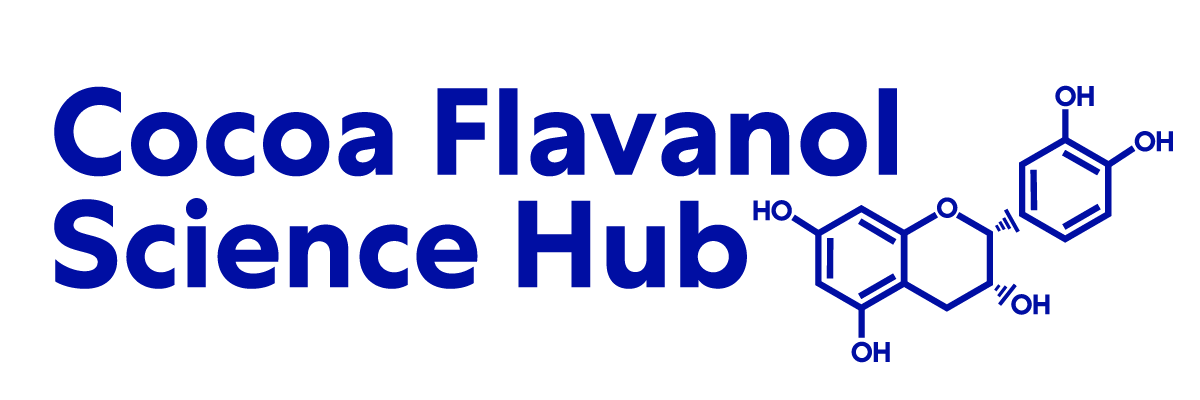Standardizing testing for dietary bioactives with a tool to compare & estimate cocoa flavanol content

Botanical bioactives are complex and difficult to characterize. As our understanding of these naturally occurring food compounds has developed, so too have the methods we use to measure and quantify them.
Over the years, new methods to analyze one group of bioactive compounds – cocoa flavanols – have been introduced. Last year, the latest method was accredited by the AOAC, an independent body that sets standards for methods of food analysis – this method is referred to as 2020.05. It is more accurate and precise than its predecessors and incorporates a first-of-its-kind cocoa extract standard developed in collaboration with the National Institute of Standards and Technology (NIST).
A tool to enable cross-study comparisons
Over time, it is normal for analytical methods to be updated. This causes the numbers reported by the new 2020.05 method to differ from numbers reported in prior methods, while the actual amount of cocoa flavanol remains unchanged. So, just as we can convert Fahrenheit to Celsius, converting older measurements of cocoa flavanols to the new method will be extremely helpful for researchers when evaluating and comparing evidence for the health effects of cocoa flavanols from different studies.
Under this backdrop, a new paper co-authored by Dr. Catherine Kwik-Uribe, Dr. Javier Ottaviani and myself, published in Food and Function earlier this month, compared two previous analytical methods that have been widely used in clinical research, and the 2020.05 method.
Little is known about the differences in reported cocoa flavanol values between all these methods. This is why we designed and validated a tool to compare cocoa flavanol content when assessed with different methods. You can find out more about the materials and methods here.
Standardizing testing for dietary bioactives
The reliable characterization of cocoa flavanol content in food and test materials used in clinical studies is critical to comparisons of research studies over time. That is, giving researchers the ability to compare findings published in 2000 to those published in 2021 and beyond.
Standardization of testing for botanical bioactives, such a flavanols, is challenging given their often-inherent complexity and lack of commercially-available standard materials for comparison, but it is essential for developing a scientific understanding of a bioactive and delivering consistent quality to provide consumers with efficacious and safe products.
Therefore, these findings are going to be hugely helpful to the scientific community and will save researchers a lot of time – something researchers will always welcome! By applying the models developed in this paper, it is possible to compare scientific research from papers published over the past two decades, empowering scientists and regulators to determine safe and effective levels of intake.
Looking to research in nutrition more broadly, this paper highlights that it is feasible to create such analytical tools for other complex bioactive compounds.
The benefit for future studies
To put it simply, this tool will mean that results can be adjusted to the same scale. All cocoa flavanol research – past and present – will be comparable. This is especially important in the context of the Cocoa Supplement and Multivitamin Outcomes Study (COSMOS); a large-scale, five-year clinical dietary intervention involving over 21,000 people. You can read more about COMSOS here.
When COSMOS was registered several years ago, the reported cocoa flavanol content was based on the method used then. Given the importance of COSMOS to the understanding of the potential role of flavanols to health as we age, cocoa flavanol content needs to be reported with the most-up-to-date method.
Applying the model reported in this paper, the COSMOS investigators are able to update the reported content before results from the study are published. This will mean that the results are evaluated against more accurate content, and the totality of evidence accumulated over the past few decades on safety and efficacy can be correctly and meaningfully compared. Together, this research helps to support the development of recommendations on intake that may one day be possible.
As analytical methods have advanced, comparing findings has become harder to do. This new tool will make sure that past findings can be used alongside current research to assess the safety and benefits of bioactives accurately and efficiently.




